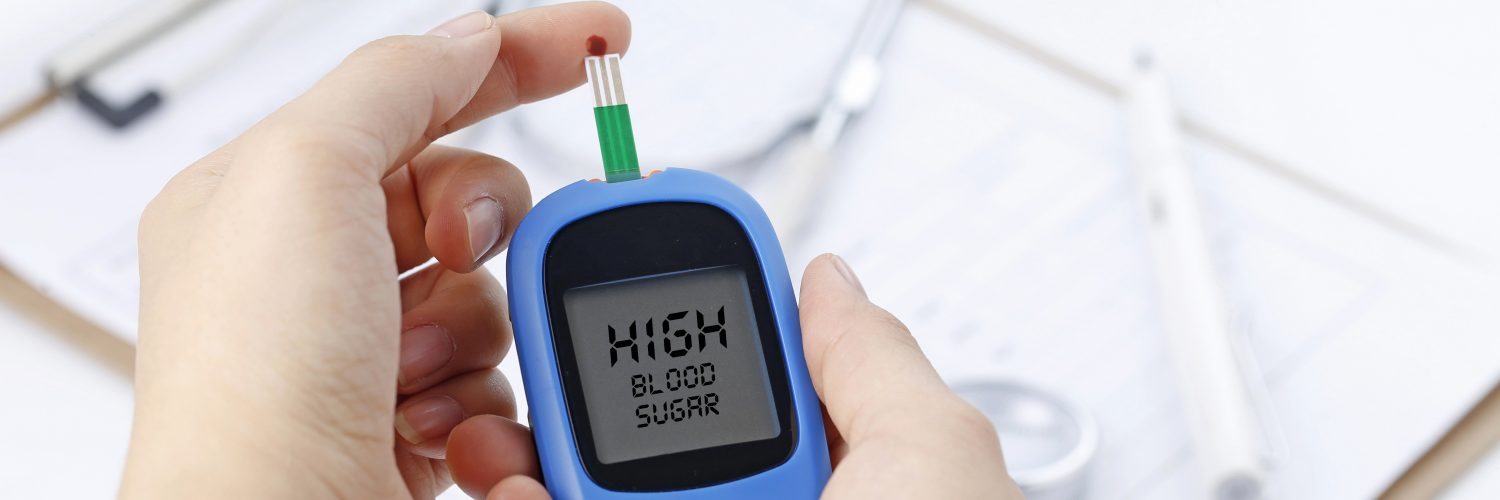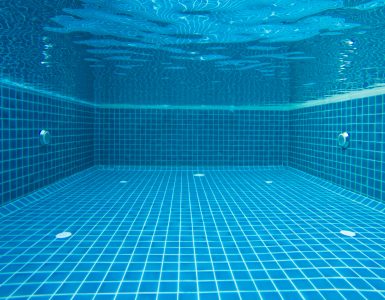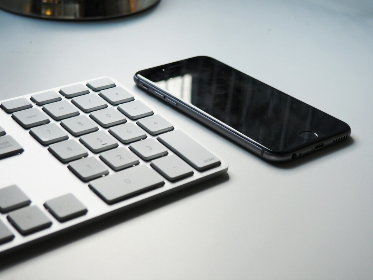According to the United States National Diabetes Statistics Report (2020)[1], in 2018 there were 26.9 million people of all ages (8.2% of the US population) with a diagnosis of diabetes, including 210,000 children and adolescents younger than age 20 years (25 per 10,000 US youths). This includes 187,000 youths with type 1 diabetes. In addition, recent research has demonstrated an increased incidence of diabetes after COVID-19 infection.
All patients with type 1 diabetes and many with type 2 must administer exogenous insulin by subcutaneous injection or infusion. The Poskim consider patients with diabetes “Cholim sheYesh Bahem Sakana“, even though they go about their lives like regular healthy people. In the absence of routine treatment, their lives can quickly be endangered.[2] Patients with Type 2 diabetes – though their condition generally does not present an immediate danger to life – may need to monitor their blood sugar levels and inject themselves as needed, even on Shabbos. Since uncontrolled diabetes leads to a shortened lifespan, it constitutes a Sakana and treatment supersedes Shabbos.
There are different ways to manage diabetes, and this essay will focus on the Halachic issues related to measuring blood sugar levels and injecting insulin on Shabbos.
Beginning in the 1980s, patients with diabetes were able to monitor their blood sugars using test strips and meters. Using a lancet, a drop of blood is extracted from the fingertip and applied to a strip that is inserted into an electronic meter that displays a digital measurement of the blood sugar level. Insulin is administered according to the blood sugar and food intake.
Over the past 20 years, continuous glucose monitoring (CGM) systems have been developed. These consist of a temporary subcutaneous sensor that transmits frequent measurements of interstitial fluid glucose levels to a dedicated receiver or smartphone. These readings are stored and can be uploaded to the “cloud” for recordkeeping and review by the patient’s physician and diabetes management team. Early versions of these systems required calibration with fingerstick blood sugar measurements, but newer systems do not require fingerstick testing.
Insulin can be administered by either multiple daily injections (using a combination of short- and intermediate- or long-acting insulin analogs) or by continuous infusion pumps. These external pumps deliver both a basal rate as well as bolus doses for eating or to correct hyperglycemia. Modern insulin pumps combine CGM readings and complex software algorithms to automatically adjust the basal insulin delivery rate according to the patient’s blood sugar, and some can even autonomously administer bolus doses to correct hyperglycemia. Boluses for food must be manually programmed, using either the pump or a remote control (or smartphone app).
All of these actions and treatments are associated with Halachic issues on Shabbos:
- Blood Sugar Measurement
Testing blood sugar by fingerstick constitutes the Melacha of “Chovel”, and it is therefore preferable to use a CGM system, especially if it does not require calibration with fingerstick measurements. Additionally, inserting the test strip into the electrical device may violate the Melachos of “Boneh” (due to the use of electricity) and “Kosev” (due to the information displayed on the screen and stored in the device memory or cloud).[3] By contrast, when using a CGM system, the only issue is Kosev. Additionally, even according to the Chazon Ish who holds that the use of electricity usually constitutes Boneh, that may not apply in this case since the system is continuously activated.
However, if the patient must perform a fingerstick, he should use a Shinui, if possible, such as by activating the glucometer with the back of his hand (Shemiras Shabbos Kehilchasa, 33:22, footnote citing Rav Shlomo Zalman Auerbach zt”l). If he needs to measure his blood sugar level several times over the course of the day, he should attempt to schedule those so that one (or more) could be delayed until after Shabbos.
[If the accuracy of the CGM is questionable[4] or requires calibration, since a patient with diabetes is considered a Choleh sheYesh Bo Sakana, he should heed his physician’s instructions and test his blood sugar as needed on Shabbos.]- Insulin Injection
Although the newer blood sugar CGM systems raise fewer concerns of Melacha than fingersticks, subcutaneous regular insulin injections do not constitute Melachos, and, from a purely technical perspective, may be preferable to an advanced electronic insulin pump that may have elements of Boneh and Kosev, as stated above. However, both the patient’s physician and a Posek should be consulted as to whether it is advisable to change one’s approach to diabetes management on Shabbos, as the blood sugar management and outcomes with a continuous infusion pump have been demonstrated to be superior to multiple daily injections, not to mention greater precision in dosing and less concern for error.
A subcutaneous injection is not considered a Melacha as it is neither intended nor likely to draw blood, and even if bleeding does occur, it is at most a “Psik Reisha d’Lo Nicha Lei”[5] which is permitted for medical treatment.
- Digital Displays on Shabbos
Insulin pumps that do not receive blood sugar results – either directly from blood sugar meters used for fingersticks or CGM systems – require manual entry of the blood sugar to determine the appropriate insulin dosing or to calibrate the CGM system. This requires multiple button presses that alter the display on the screen to enter the blood sugar. In addition, even pumps that incorporate CGM without direct intervention require user input to deliver insulin boluses and to activate the screen to display the current blood sugar.
Since these battery-operated devices do not have a continuous (“always on”) display and the writing on the screen will ultimately be erased (and will change over the course of the day regardless), most Poskim deem this writing to be temporary and thus only an Isur d’Rabbanan. Since these patients are considered Cholim sheYesh Bahem Sakana, even an Isur d’Oraisa would be waived if necessary.
- Preparing Syringes and Infusion Sets
When syringes are used or pump infusion sets are inserted on Shabbos, they should be prepared in advance whenever possible. Some syringes have protective plastic caps that need to be removed before use. This may constitute a Melacha according to those Poskim who hold that one may not open plastic bottle caps on Shabbos. It is therefore preferable to open them before Shabbos. However, if this was not done, they may be opened on Shabbos. Connecting needles to reusable “pens” is not a Melacha since they come apart immediately after use and are not fixed in place. One may open the packaging of syringes or infusion sets but if there are letters on the packaging, he should be careful not to break them.
- Disinfection of the Injection Site
When disinfecting the injection site, it is better to pour a disinfectant directly on the site and then wipe it away with any material – even cloth or cotton wool – but preferably a synthetic material. If this is not possible, one may use a synthetic cloth soaked in alcohol or another disinfectant, but it is forbidden to use cotton wool soaked in alcohol due to the Melacha of Sechita.
We should point out that all of the above does not apply to a patient who is regularly treated with pills and whose condition is stable and does not require blood sugar tests unless he experiences symptoms that suggest hypo- or hyperglycemia. He may not perform blood tests on Shabbos unnecessarily. Even if he experiences mild symptoms of hypoglycemia, he should attempt to raise his blood sugar by eating something and should only test if his symptoms do not improve or become severe. Obviously, he should not act stringently if there is any concern for Sakana.
- Hypoglycemia
Eating or drinking something with simple carbohydrates is a matter of Pikuach Nefesh in the setting of hypoglycemia. Therefore, one may desecrate Shabbos to obtain something appropriate, if necessary, and he may eat it even in the middle of Shemone Esrei or before Kiddush.
If the patient’s physician has instructed him never to go out without an emergency supply of glucose or dextrose, a person may leave his home even if there is no Eruv, as long as it is not an absolute Reshus haRabim[6], at least for a Mitzva (such as attending Shul or a Shiur). However, he must carry them in an unusual way (such as in his hat) and may carry slightly more than he might need but not a significant excess.
[1] https://www.cdc.gov/diabetes/pdfs/data/statistics/national-diabetes-statistics-report.pdf
[2] See Nishmas Avraham, Introduction to Siman 328.
[3] [Editor’s Note: See the Chukas 5782 where we reviewed the position of HaGaon Rav Asher Weiss shlit”a on automatic digital recording and his opinion that the use of electricity on Shabbos is a violation of the Melacha of Makeh b’Patish.]
[4] [Editor’s Note: E.g., in the event of extreme hypo- or hyperglycemia.]
[5] [Editor’s Note: As bleeding from subcutaneous injections is extremely rare, any bleeding would likely be considered a Davar she’Eino Miskaven and not Psik Reisha, which is a lesser concern of Melacha.]
[6] [Editor’s note: Definitions of Reshus haRabim d’Oraisa and Karmelis are beyond the scope of this essay.]















Add comment